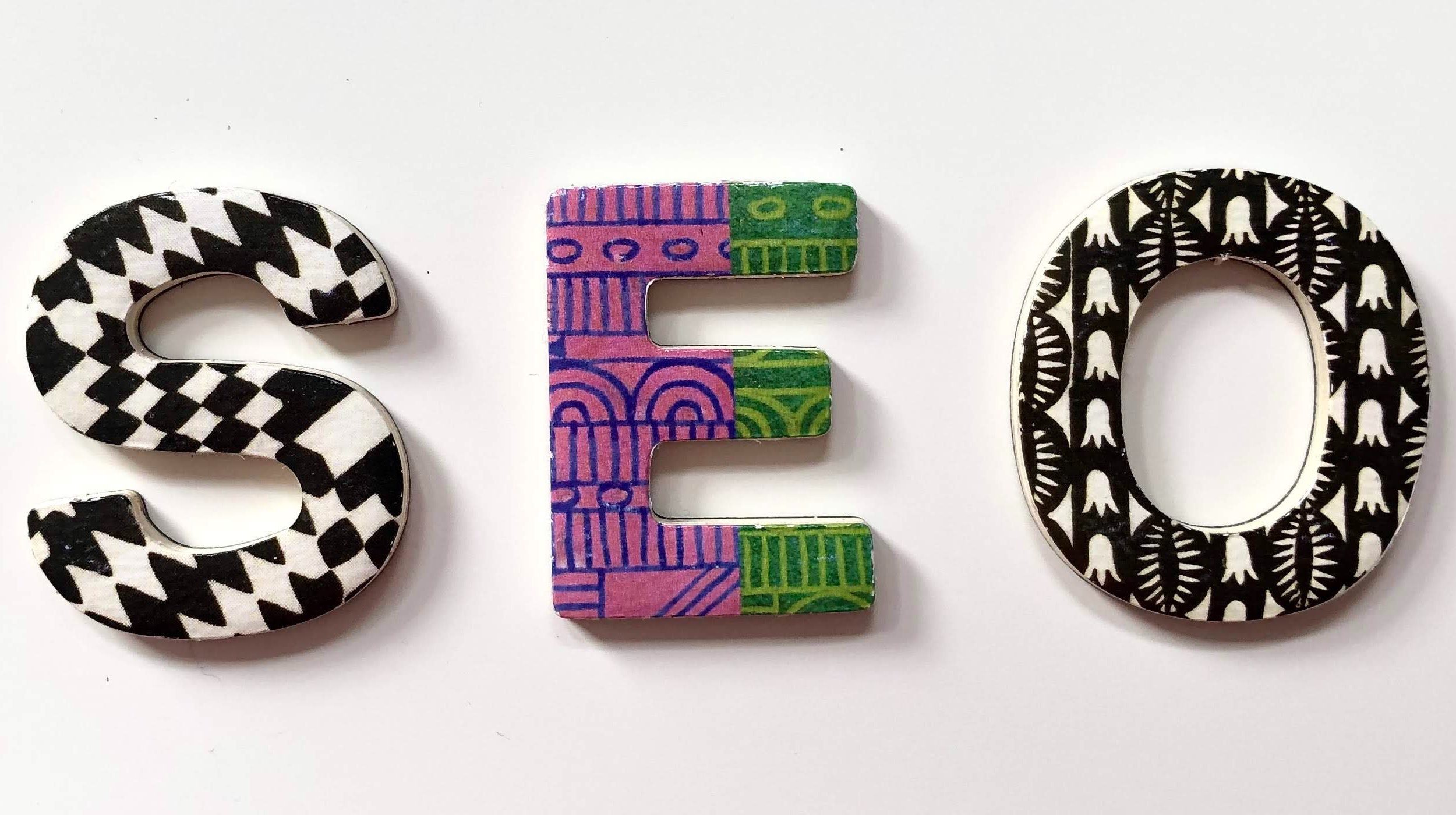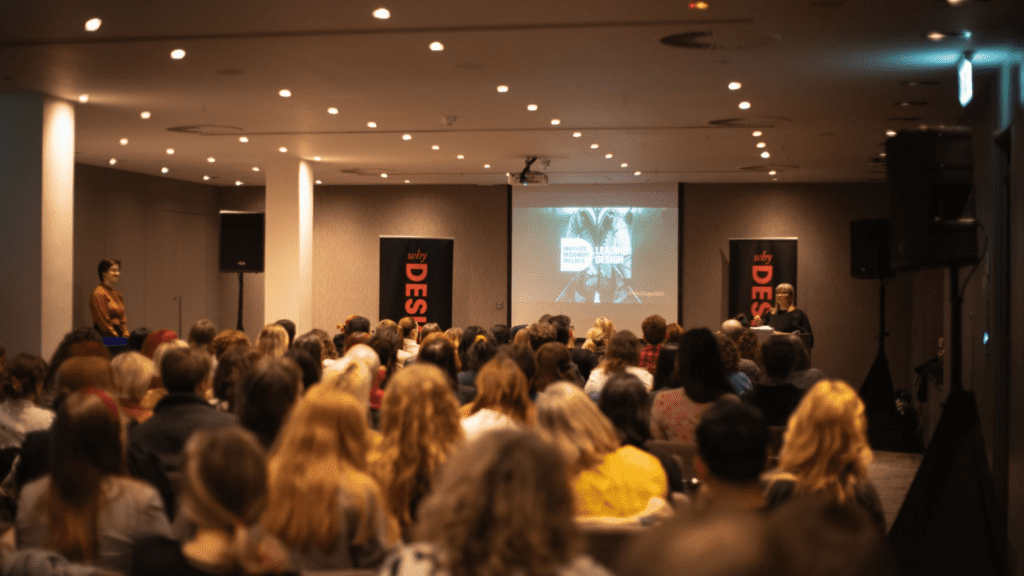Don’t get discouraged!
Search engine optimisation is a big project for any brand that wants to stand out online. It sounds very technical, time-consuming and costly. In this article, we are trying to make this complex sounding process easy for you to do yourself. No technical skills needed, no more time-wasting, you’ll spend every cent wisely and be more visible online.
Listen to your audience
Websites are built for humans, not robots, your target audience will only search for content that suits their needs, interests and that will solve their problems. So why not spend some time researching the personas of your ideal buyers or audiences? You are not building a website to suit your interests, after all, it’s a stage for your audience to watch whatever you want them to know about you.
Master Keyword research
Keywords are the specific words or phrases typed into search engines by your target audience that could be used to direct them to your products and services. Google and Yahoo are perfect examples of search engines. Once a keyword is typed into the search engine it will match it to the most relevant content on the results page displaying the most suited websites, images and blogs.
As a website owner, don’t assume that you know what consumers want. Even people who have been in one industry for decades can be shocked by how their audience found them online.
Study your competitors
The next step is quite simple after you have your keyword strategy secured you will need to identify and list your competitors. Find out what they are doing to be ranked higher than you and try jotting down some keywords they may be using.
So take a look at your competitors with these questions: What content themes do they have that you are lacking?
Do they structure their site differently to target more valuable keywords?
Do they have interesting features to better engage their prospects?
Although monitoring your competitors will help strengthen your SEO initiatives, try not to rely on their every move. Remember, if you are always going to copy you are always going to be one step behind.
Plan and Optimise your site
When you understand what consumers want and the keywords they use to find those products and services, make sure you identify the pages on your website that address those search queries.
One very important tip that hasn’t been implemented by most website owners is that there should be only ONE TOPIC PER PAGE! You can certainly have a page that lists all your products and services, but you also need a website page for each topic.
When Google crawls your website, it wants to know what each page is about. It goes through the web page and picks up the keywords to find out what the website is about. Each keyword should have its own dedicated page making sure Google won’t ignore it when your potential audiences search for this particular keyword.
You may wonder, does it mean the more pages my website has, the better it is for my SEO performance? The answer is YES. Having more pages than your competitors with relevant and planned out content will actually help you to stand out online.
The purpose of the given website page should be directly stated in all of the following areas using the keyword you are targeting:
- Content – Stay relevant to your ranking keywords.
- URL –Use SEO friendly URLs, to include clear keywords, which are what you are ranking for.
- Word count – 500+ words of focused content on a page.
- Image Name and ALT text – Google is looking at that them when ranking images.
- Anchor text – The anchor text, link label, link text or link title is visible, clickable text in a hyperlink, the words contained in the anchor text can determine the ranking that the website page will receive on Google. Make sure to get rid of “click here”, Google will never pick that up as a keyword and will never rank it.
Link Up
Link building is another useful tip that we highly recommend you to stick to while preparing the content of your website. It’s not just who links to you that is important, but where you link to. There are two types of links you may use in your content, outbound links and internal links.
The outbound links affect both relevance and trust by Google. If you are linking out to on-topic sites from your content that is a good indication that the content is relevant to the terms in the question. Also, be careful who you are linking to, linking out to low-quality websites will send a negative signal to Google.
An internal link is a type of hyperlink on a website page links to another page or resource on the same website or domain. A lack of internal links can seriously hamper a page’s ability to get crawled and ranked by Google.
Once you have successfully attracted visitors to your website, the last thing you’d like to see is them leaving. So make sure every outbound link opens a new tab on the browser and also use internal links to keep your guests stay longer on your own website.
Upload Per Month (UPM)
Just like human beings, websites also have their heartbeats. Lots of businesses have their websites developed but they don’t manage them. Then their websites’ heartbeat stops and the websites die. Your audience like to see new content so does Google. When the spider comes to crawl your website, it picks up new stuff and rank for it. The spider will keep visiting the same website that it can always expect to have something fresh for it to crawl over. If fresh content is frequently posted at the same time by following a certain routine, even better!
As a website owner, you may find it unrealistic to post new content to your website all the time. Actually, you don’t have to! As long as you have it managed and updated with something new regularly you’re doing fine. Uploading once per month would be good enough for most websites and the content doesn’t have to be text! It can be anything from a new photo to a video with a nice clean headline and a short description.
Famous in your neighbourhood
It requires a lot of effort and luck to be famous around the world, however, to be famous in your neighbourhood could be the starting point for you.
Just like introducing yourself to the neighbourhood, you will need to identify yourself online and introduce yourself to whoever searches for your product or services around your location. NAP, stands for name, address and phone number which is critical for businesses wishing to rank well in the local organic search results. Because search engines like Google take the data into account when determining which companies they want to show for geo-targeted searches. When adding your NAP online, make sure it’s identical, real and verified.
Joining the local social party would be another great way to make people around you know you better. A local business listing is an online entry that contains your business name, address and phone number along with other details. There are a lot of directories and websites like Yelp, Trip Advisor and Yellow Pages where local businesses can create free local business listings. So join the parties, they’re free!
Use Landing Pages
A landing page is a single webpage that appears at the beginning of your website. Viewers usually land on this page from sources such as the results page of a search engine, PPC, social media or email marketing. By using a landing page you can drive focused traffic towards your site and optimise conversions by using a typical call to action (CTA). Don’t forget to use a form to capture and convert visitors and optimise for SEO with your keywords.
Get your Business Verified and Reviewed
A Google My Business listing is absolutely essential for local search. It’s free to set up and it’s one of the best things you can do to improve your local SEO visibility. You will be able to upload your business info, location and images while getting verified by Google. Furthermore, you will be able to receive and manage your Google reviews! Business reviews from clients can be seen as one of the most powerful ways of promoting trust and confidence in your business in the eyes of Google. When a potential customer Googles a product or service, guess which one they’ll most likely choose? The one with the most positive reviews will definitely get more consideration.
Get your Business Googled
Besides work on your onsite SEO, building your brand awareness offsite will drive traffic to your website. No matter which social media or promoting channel you use, the key is to create curiosity and reasons for people to search your business name on Google. When Google sees other people googling your brand, your business, they assume you have authority. Those are signals, reasons why you will rank well. If you want to win in the ranking game, create some solid content that people will share to their social media pages or tell their friends about. Then you will most definitely boost your ranking.
Result Driven Strategy
What didn’t work for you yesterday may work today. Try to gain a deeper insight into what works and what doesn’t by making changes to your SEO. To help you monitor your traffic you can use Google Analytics. This free tool sources where most of your traffic is coming from, allows you to find out which landing page is generating the most traffic for your business and also measures your overall conversion rate.
Of course, getting all these potential prospects onto your site is exciting but you also want to make sure that the traffic you are driving converts to new customers. By using your CRM you can track where each lead is coming from and also measure how many leads have then transformed into customers from discovering your website online.
We are here to Help
The DIY tips provided here are designed to give you a solid foundation to help you build an effective SEO strategy and be visible online. However, your industry may be competitive and your business may need some help along its journey to growth and success. Bradley Digital is here to help assist anyone big or small into getting more online attention.















